Knowledge By Service
Solaris/Linux System Support Service Offering
Please login to view the 0 not publicly accessible.
Wild cards are a way of specifying one or more files using a pattern. When you type in a command the shell will search for the characters '*', '?', '{', '~' and '[' in each word of the command and its arguments. If one of the characters appears then the word is regarded as a pattern and is replaced
Article: KB0010317 · Confidence: Validated Published:
Table of contents
Connect to a remote system
Upload and download files
Find your Pub folder
Exit the FTP client
Once you have installed the WinSCP FTP client, you can use the software to move or copy files from your local computer to a remote system such as Glue using the Secure File Tr
Article: KB0010634 · Confidence: Validated Published:
WinSCP is an open source free SFTP client and FTP client for Windows. Its main function is safe copying of files between a local and a remote computer. For more information, see Download WinSCP software.
Once you have downloaded the software, double-click on the downloaded file to begin the install
Article: KB0010067 · Confidence: Validated Published:
Fetch 5.5 is an SFTP application for Macintosh OS X 10.3.9 and later. It provides a secure interface for transferring files between your computer and a remote system, such as Glue. For information, see Download Fetch 5.5.
To begin using Fetch 5.5 for SFTP:
Double-click the Fetch icon to launch t
Article: KB0010646 · Confidence: Validated Published:
Table of Contents
Access Permission of a File
Access Permissions on a Directory
Read Permission on a Directory
Write Permission
Permission Change
Each file in the UNIX file system has a file mode associated with it. The file mode indicates the type of file and access permission
Article: KB0010307 · Confidence: Validated Published:
The Terminal application in Mac OS X is Used with SSH and provides a secure interface for connecting to remote system such as Glue. Follow the steps below to begin using Terminal with SSH.
Double-click the Terminal icon to launch the application. Terminal is located in the Utilities folders in th
Article: KB0010629 · Confidence: Validated Published:
Table of contents
Review inetd service offerings
Remove or comment out services
Disable rsh/rlogin/rcp utilities
Invoke tcp_wrappers
Before you put your Linux system on ANY network, the first thing to look at is what services you need to offer. Services that you do not need to offer sho
Article: KB0010053 · Confidence: Validated Published:
Table of Contents
Window operations
Scrolling
Changing Windows
The default windows in FVWM have a similar "look" as windows on the PCs. The tops of most windows look like the one below:
In the upper right hand corner are the same minimize (the underscore), maximize (the box), and kill
Article: KB0010568 · Confidence: Validated Published:
Used with SSH, the X11 application in Mac OS X 10.9 and higher provides a secure interface for connecting to remote systems such as Glue. X11 provides an X Window System which allows users to run graphical UNIX applications.
To begin using X11 with SSH
1. Double-click the X11 icon to launch the ap
Article: KB0010605 · Confidence: Validated Published:
NOTE: In this document, the word "current," when used in reference to some unit of text, identifies the location of the cursor. For example: current character, current word, current line.This document also uses several fonts to help clarify the meaning of the text.fixedLiteral commands you type appe
Article: KB0010280 · Confidence: Validated Published:
This document also uses several fonts to help clarify the meaning of the text.fixedLiteral commands you type appear in Courier font italicVariables used with commands will appear in italics boldKeys or elements that you must click appear in bold [ ]Optional variables will appear in sq
Article: KB0010899 · Confidence: Validated Published:
This document also uses several fonts to help clarify the meaning of the text.fixedLiteral commands you type appear in Courier font italicVariables used with commands will appear in italics boldKeys or elements that you must click appear in bold [ ]Optional variables will appear in sq
Article: KB0010277 · Confidence: Validated Published:

 Apple Device Management
Apple Device Management  Computer Imaging
Computer Imaging  Computer Sales - Departmental
Computer Sales - Departmental  Computer Sales - Personal
Computer Sales - Personal  Computer Warranty Repair
Computer Warranty Repair  Departmental Desktop Support
Departmental Desktop Support 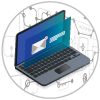 Laptop Rental
Laptop Rental  Mainframe SIS Printers
Mainframe SIS Printers  Software Downloads - TERPware
Software Downloads - TERPware 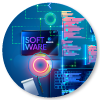 Software Licensing (Departmental)
Software Licensing (Departmental) 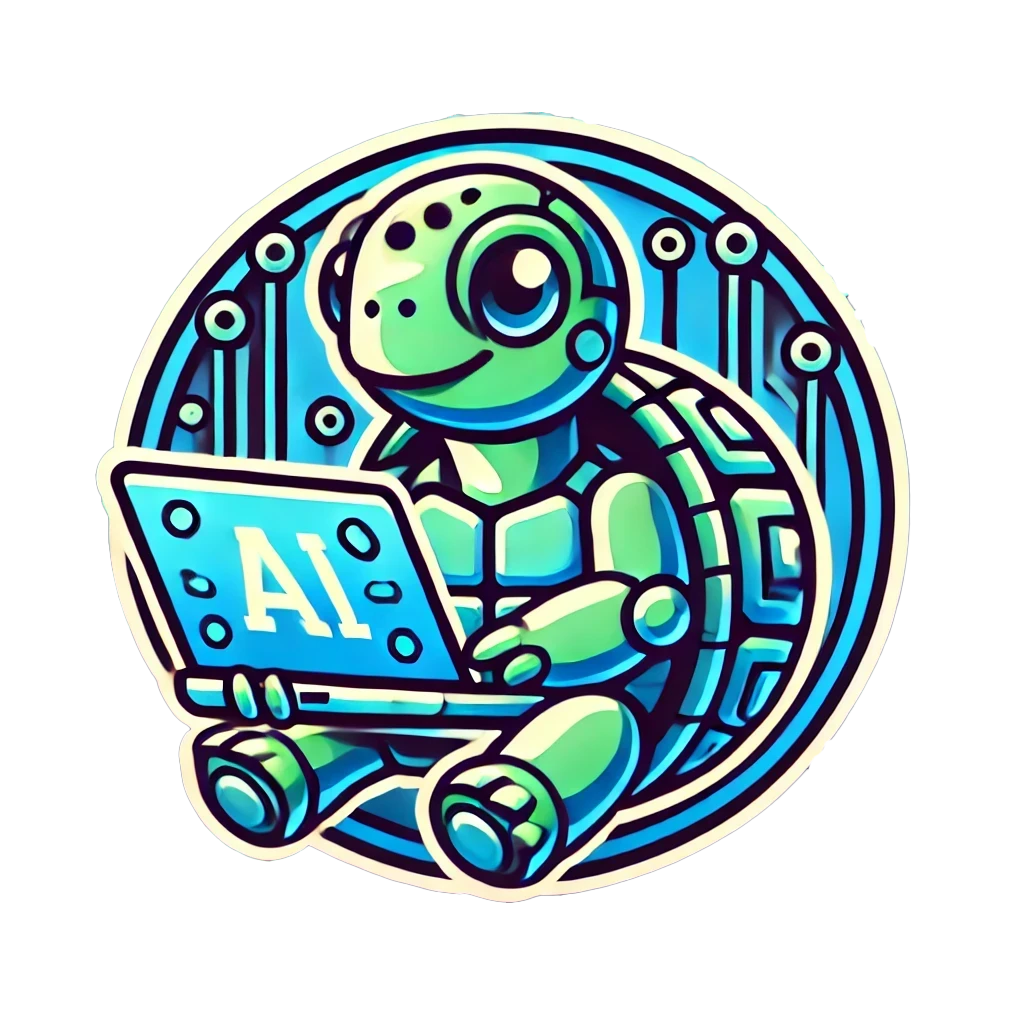 TerpAI
TerpAI 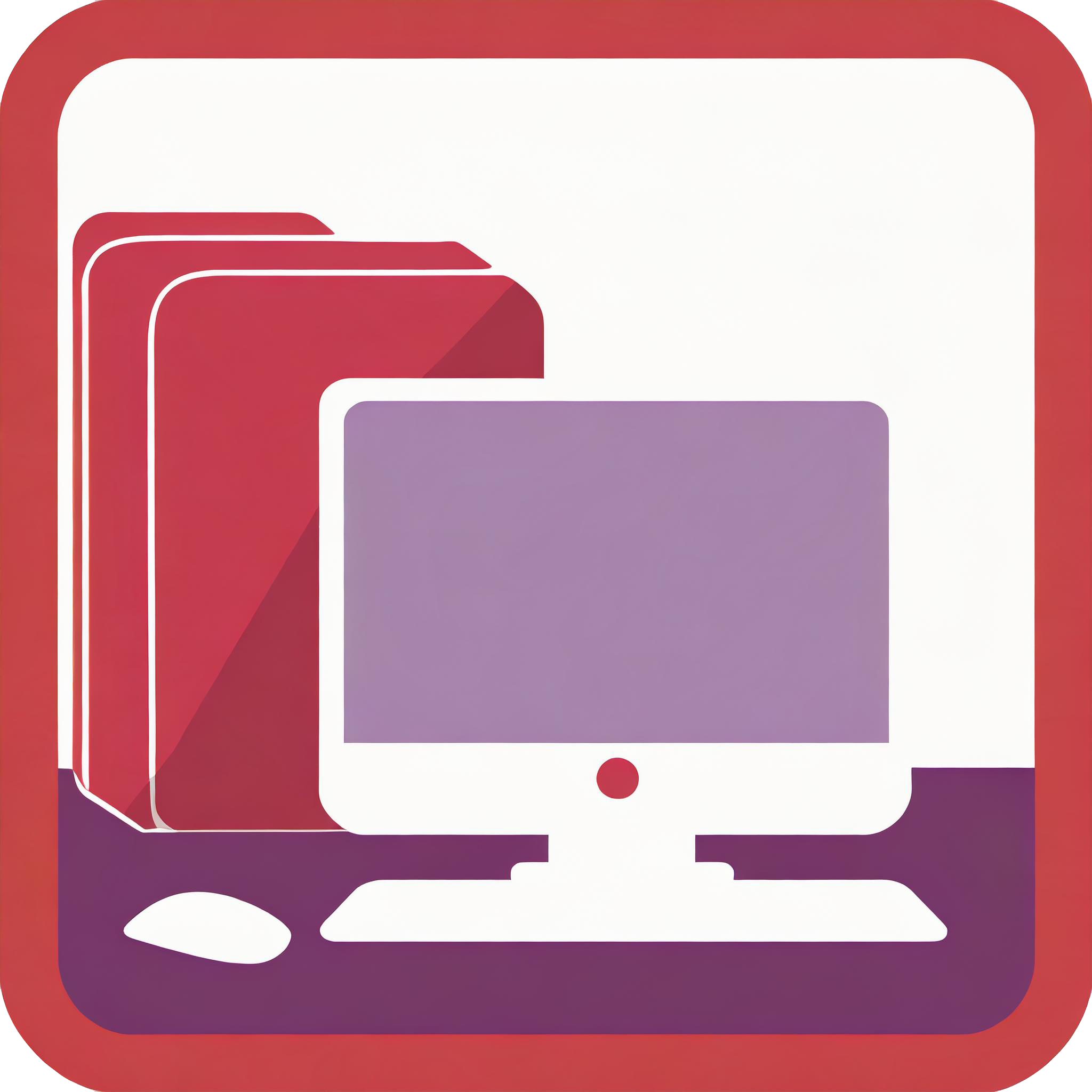 UMD Software Catalog
UMD Software Catalog  UMD Virtual Agent
UMD Virtual Agent 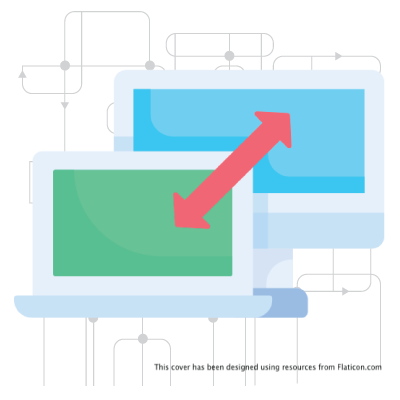 UMD Virtual Workspace
UMD Virtual Workspace  Virtual Workspace
Virtual Workspace  Walk-in Tech Support
Walk-in Tech Support  Windows Device Management
Windows Device Management  Windows Device Management - Intune
Windows Device Management - Intune